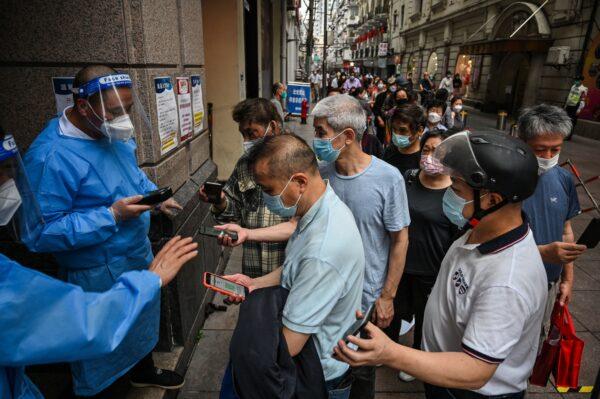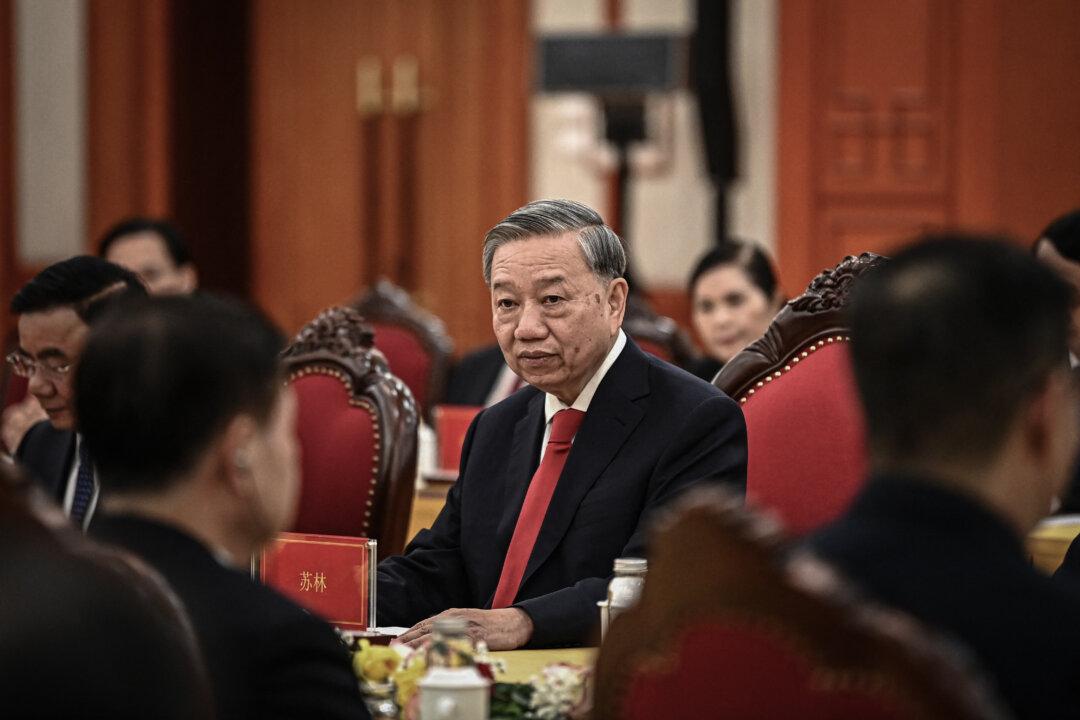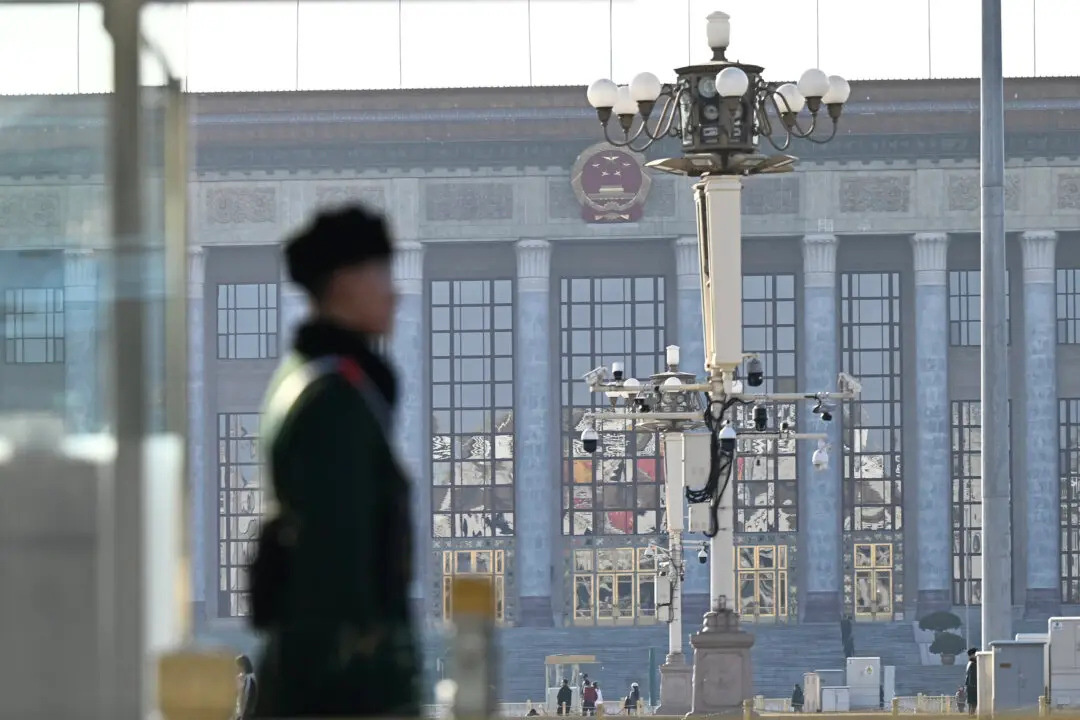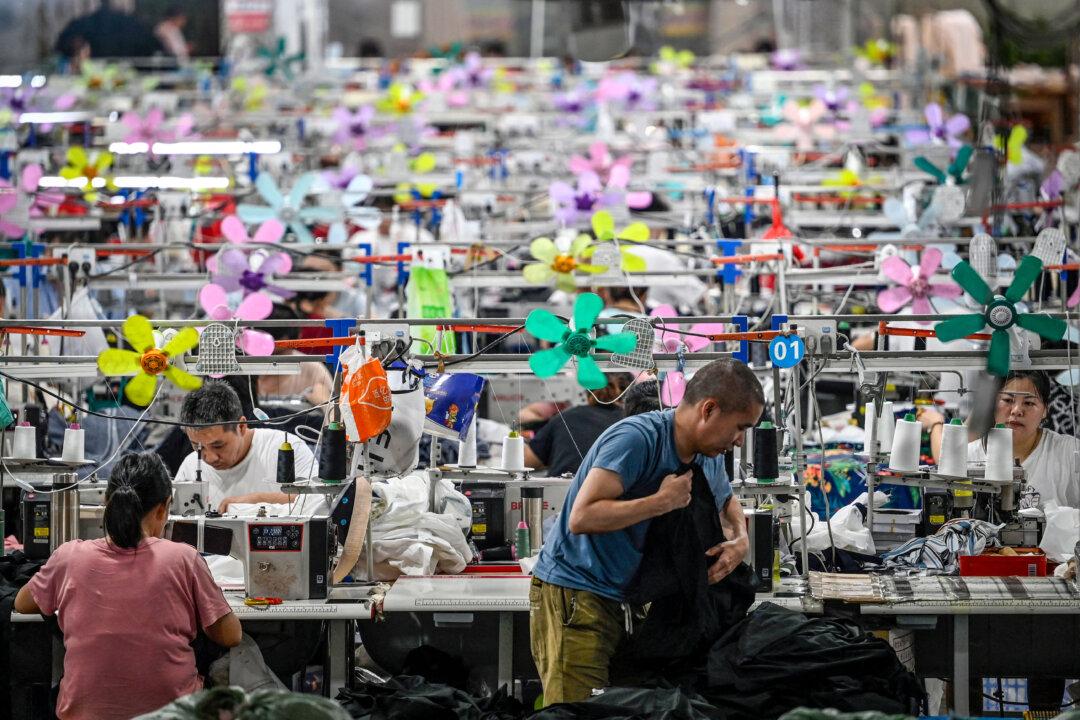Cars roar down the streets. Dog walkers roam through city parks. Luxury malls open their doors and turn on their lights.
A total of 65 days later, Shanghai has finally come back to life—but normality seems a distance away.
On June 1, officials reopened shops, restaurants, buses, trains, and offices to many of the city’s 25 million residents, who had been cooped up in their apartments for more than two months.
As the clock struck midnight on May 31, people cheered, cars honked, and fireworks exploded overhead.
But not everyone was in a celebratory mood.
“We could go out of communities freely today. But I don’t want to celebrate yet. They might seal off again once a single positive case is recorded,” a Pudong district resident surnamed Wang told The Epoch Times on June 1.
“I’d rather be cautious,” said another resident surnamed Wu, who lives in Yangpu district.
New Frustrations
For newly released Shanghai residents, the conditions attached to reopening have brought a fresh set of frustrations.A negative PCR test result from within 72 hours is essential to take the bus and enter offices, shops, and other public venues.

Long lines became a common sight outside neighborhoods on June 1 and 2. Many people endured an hours-long wait for white-suited health care workers to swab their throats as part of nucleic acid testing.
The mandatory screening, along with the previous citywide lockdown, was a result of the Chinese regime’s harsh “zero-COVID” strategy, aimed at eliminating every infection among communities through mass testing and centrally quarantining anyone at risk.
The Chinese regime has announced a plan to set up testing sites within a 15-minute walk for everyone in the country, with officials calling it “normalized” nucleic acid tests.
Discontent
From June 1, shopping malls and supermarkets are allowed to run at 75 percent capacity. Restaurants can resume operation, but dining-in services are banned. Gyms, museums, and cinemas remain closed.Still, about 2.5 million people in the city remain under lockdown, according to officials, and the consequences of testing positive are the same as before: All positive cases will be sent to a centralized quarantine facility, and their close contacts—including neighbors—will be barred from leaving home.

Shanghai authorities issued a thank you letter to residents on June 1, with medical staff, health officials, residential committees staff, police, and army members among many receiving a special mention for their contributions.
“Under the strong leadership of CCP’s Central Committee with Comrade Xi Jinping at the core, after more than two months of continuous fighting, the arduous battle to defend Shanghai has achieved a major milestone,” the letter reads.
The letter was met with widespread criticism on Weibo.
“Shouldn’t those who wield great power and can arbitrarily inflict harm on others be held accountable?” one user wrote.




